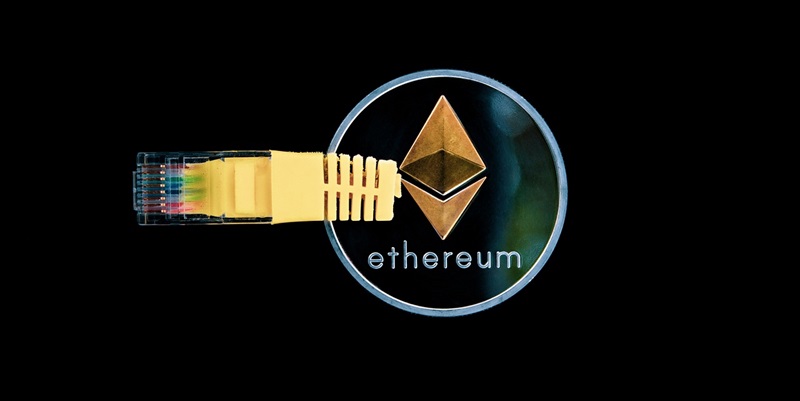Ethereum’s blockchain remains a cornerstone in the dynamic realm of digital assets, with significant trends emerging in its validation and trading processes. As a platform vital for countless decentralized applications, Ethereum reveals an interesting contrast. On one hand, there is a rising number of validators who are increasingly committing significant sums of ETH to secure the network. On the other hand, the market for Ethereum-based non-fungible tokens (NFTs) is proliferating at an unprecedented pace. This burgeoning ecosystem of trading digital collectibles underlines Ethereum’s dual role: it’s both a secure and participatory network for stakeholders willing to stake their assets, and a vibrant marketplace for trading unique digital items. Ethereum’s dual appeal reflects its robust infrastructure that caters to a diverse array of use cases, securing its position at the forefront of blockchain innovation.
Ethereum Validator Activity Intensifies
Staking Ether (ETH) Gains Momentum
The Ethereum ecosystem has seen a marked increase in validator activity, with the queue for validators reaching its zenith since the early days of October. This points to a significant rise in interest with over 225,000 Ether, valued at around $562 million, awaiting processing in the staking mechanism—these participants will join the existing network supporters in validating transactions and maintaining the blockchain’s integrity. This surge in enthusiasm to partake in the network’s future is not mirrored in the financial yield of staking, which remains constant at 3.5% to 4%. This return on investment is noticeably lower than conventional investment securities such as the 10-year U.S. Treasury note, currently yielding 4.17%. The yield disparity underscores a unique dichotomy where the technology adoption curve and financial incentives do not align in parallel trajectories.
Validator Rewards: A Subdued Response
Despite the clear spike in validator onboarding, the anticipated returns from staking are not experiencing reciprocal growth. This stagnation in yield suggests that the financial aspect of participating as a validator is taking a backseat to other motivations, such as supporting the Ethereum platform’s security and functionality or betting on the long-term appreciation of Ethereum itself. The unyielding interest in becoming a validator amidst static returns signals a community-driven prioritization of the network’s strength and viability over immediate financial gratification. While the staking rewards may seem lackluster in the short term, especially when compared against traditional investment benchmarks, the growing staker base illustrates a robust confidence in Ethereum’s value proposition and the future ecosystem it aims to underpin.
Ethereum NFTs Register Remarkable Growth
Trading Volume Skyrockets
Parallel to the validator growth, the trading arena of Ethereum’s NFT market is experiencing a significant upswing. The weekly trading volume has impressively doubled to $158 million, a resurgence that recalls the early days of NFT mania. A key player in this resurgence is the Pudgy Penguins collection, swiftly climbing the ranks and commanding attention competitive to collections like the Bored Ape Yacht Club. These digital collectibles, with their individual uniqueness and verifiable ownership, continue to enthrall a wide spectrum of enthusiasts, ranging from avid collectors to speculators and investors, all drawn into the fray by the promises of exclusivity and potential financial upside. This reinvigorated NFT market activity evidences the undiminished allure of NFTs within the Ethereum landscape, even as market dynamics continue to ebb and flow.
Market Trends and Future Outlook
The latest uptrend in Ethereum’s NFT market shows more than just a fleeting spike—it could signify deeper market dynamics at play. The fervor for collections such as Pudgy Penguins hints at an underlying trend where brand association, community engagement, and perceived rarity drive valuations and market excitement. As much as this surge in trade volume reflects current sentiment, it also sheds light on the intrinsic value ascribed to NFTs within the Ethereum community. While the rapid increase is notable, the sustainability of this trend is subject to the broader economic context and sentiment around digital assets. Thus, the eyes of investors, enthusiasts, and critics alike remain keenly focused on the Ethereum NFT market, which seems poised to chart a course filled with both opportunities and uncertainties.

